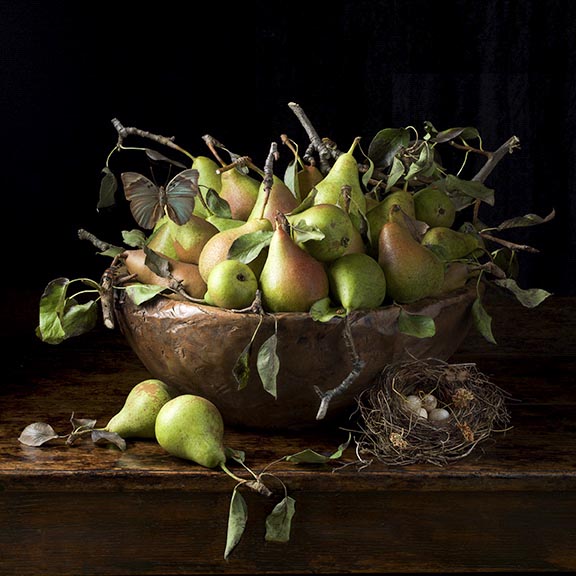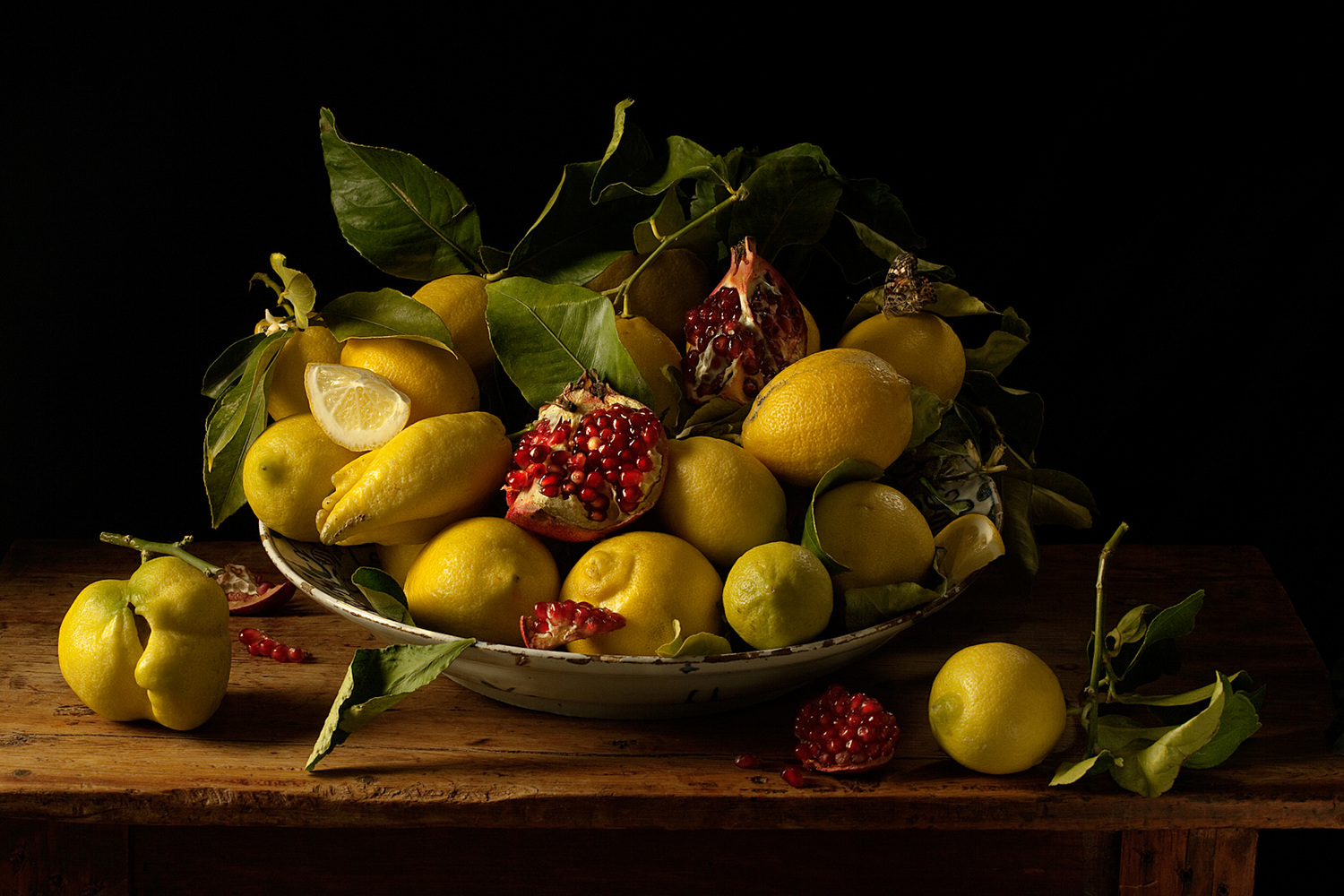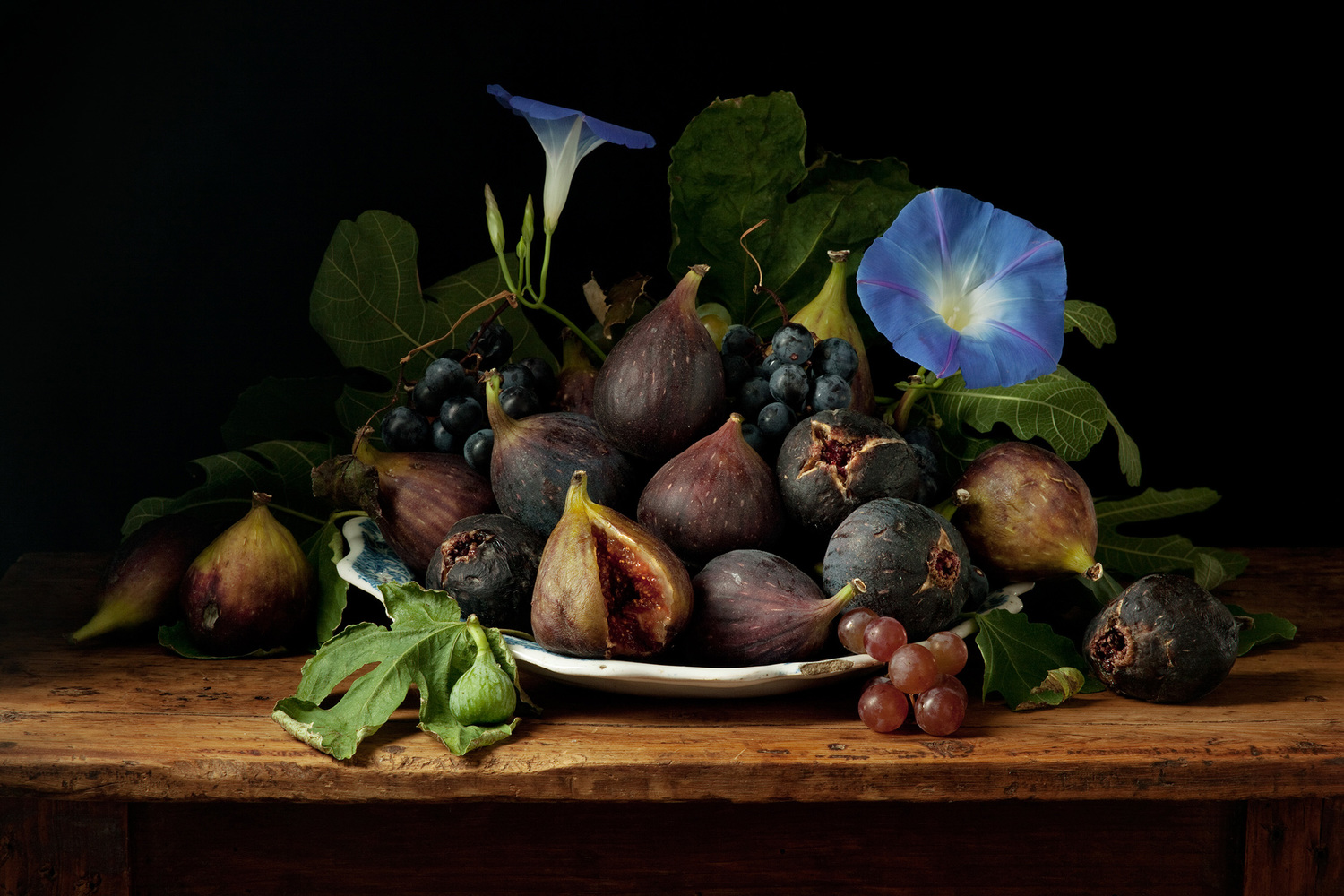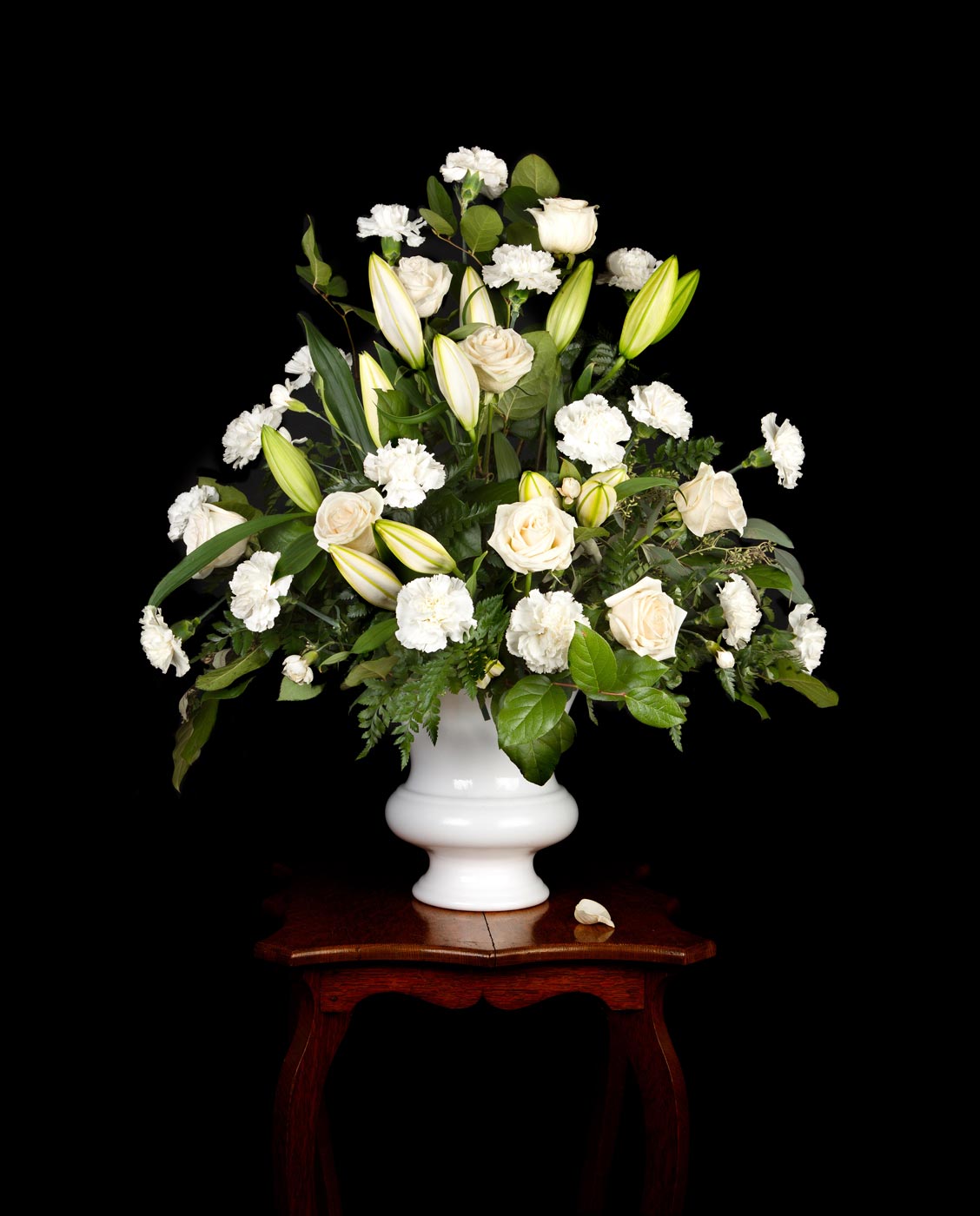Learning to be a photographer is not as easy as it may appear. Learning to find your own photographic voice is harder still, and, very elusive. A whole industry has grown up around the concept of teaching you to be a great photographer. But, is it something you can teach? I watch my wife, Susan, struggle with her camera. She just does not get composition. I try to explain it but it is no help. (she makes fantastic pasta, however!!! I don’t. We all have our gifts.)
For me, composition is something that comes easily. I see a scene and I know how I want it composed. I don’t think about it. I know what feels right for me. And it is a feeling. I am not sure it can be taught. I read the rules of composition other writers hand out but they make little sense. No one approaches art with a rule book in hand!
The technical aspects can be taught without question. I am struggling with flash photography right now and some of the course material on line is really great at telling me how it works. But composition? I am not so sure.
A still life by Paulette Tavormina from her website. From the first time I saw her work I have wanted to try to do the same kind of work.
It is all so ethereal and personal. I often think that beyond knowing the “bricks and mortar” stuff you are on your own to find what is in you; to find out in what voice your soul would speak.
For me I think you do this by immersing yourself in your art. I follow blogs of other photographers, I look at photos every chance I get, I keep scrap books of images that please me, And to gauge how I am doing, I make prints. And that is the hardest part of it because I am never happy with the prints I make. I make them, set them where I can see them, and then suffer through an analysis that can take weeks. But, you know, I think I am getting better.
Another way to find your voice is to try your hand at what others have done. This is not to copy them. This is to learn from them. It is like the young art students sitting in the great art galleries of the world with pencil and paper in hand copying from the masters. It is an exercise in learning, it is paying respect, it is worshiping at the altar of Art.
I remember when I came across the work of Paulette Tavormina. This lady is a photographer, in New York I believe, who does the most glorious still life photography. Her work brings pleasure looking at it and I can only imagine having one of her prints on my wall at home.
Now this is someone I would like to learn from. But how to do that? You do that by trying to do what she does. I have been planning to do just that for a couple of years now but I have been afraid to actually try. She is so good she is intimidating. But, with that goal in mind I have been slowly buying gear: a few light stands here, a back drop rig there, some studio strobes, some umbrellas. But with each new piece I acquired my excuses for not trying to do some work in her style have been eroded.
I bought some lemons several months ago with this picture in mind. But I never got to it and we made tea with them. Paulette’s skill scares me.
We had a family occasion about six weeks ago and ended up with a beautiful boquet of flowers in our home. It was bigger and richer than you normally find in a home. So I figured my last excuse was gone. Summoning up what courage I posses I hauled out by back drops, my lights and stands, my light meter and my 5D Mk II. I set up in our family room while my wife watched TV. She was mildly interested so we talked about the process which was good because talking to myself yields poor results usually. With Susan I get unbiased, and sometimes brutal, feedback.
The whole process was more involved than I had anticipated and it certainly could have used more room than I had. The first lessons I guess. But there were more to come. But before we get to the lessons lets have a look at the picture.
Here is my first attempt at a Still Life. At first blush I was pleased with it but as the days pass I pick more and more holes in it. Maybe technically proficient but emotionally dead.
After I finished my post processing I printed this image on canvas about 42 inches by 34 inches and mounted it on stretcher bars. It now sits in my study where I can look at it daily. So what have I learned. Well, the first lesson is easy: what Paulette does is not easy! My picture is technically excellent. The detail is sharp as a razor, nothing is washed out, the shadow detail is good, the composition is not bad. But the result is dead emotionally.
And this is where emulating a master becomes educational: what did I not do? What more is necessary? How do I fill in the gaps? As the weeks go by I see more and more I have left out and I am keeping notes. Already in my mind I have the next attept forming, little by little. Planning: that in itself is a lesson to be learned.
And now that I have come this far, I am even more aware of images around me. Ideas come easier and faster on how to overcome the weaknesses I see in this work. The next will be better. And the one after that even better. And in that process I am becomming a better photographer.






